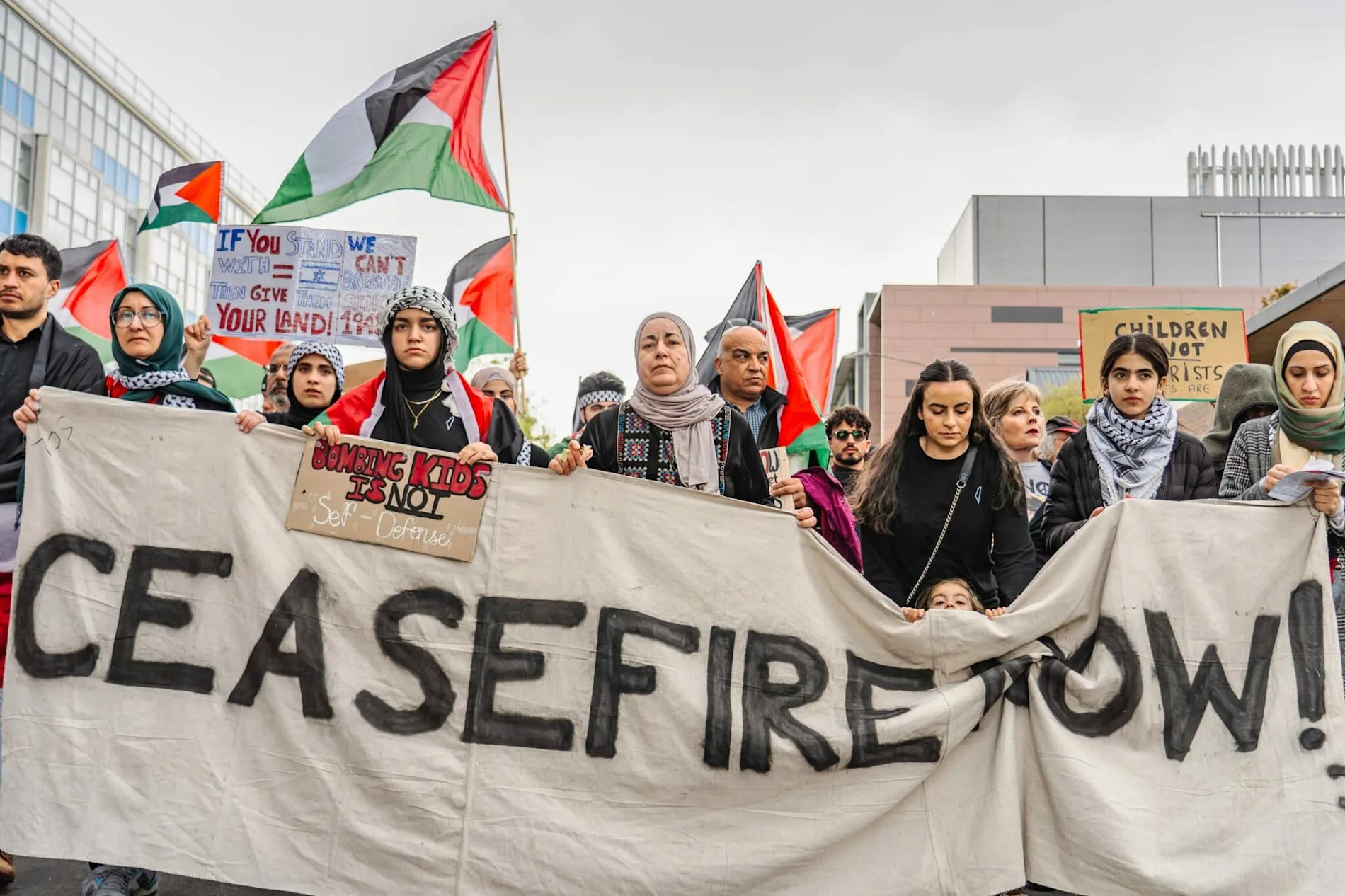We can’t solve the Mideast conflict with secular solutions alone, there has to be religious understanding as well. When Western media celebrates each new cease-fire between Israel and Hamas, they fundamentally misunderstand what’s actually happening.
The West, with its secular framework, views cease-fires as stepping stones toward permanent peace. But in the current conflict, we’re not dealing with a cease-fire at all – we’re dealing with a hudna, and the difference is far more than semantic.
A hudna, in Islamic military doctrine, is not a peace agreement but a temporary truce for tactical advantages. It’s a pause in fighting, specifically limited to a maximum of ten years, designed for rearmament and repositioning.
Hamas’ religious leaders have given them the ability to use a hudna for five years. This explains why we’ve never seen more than five years of quiet – it’s not a coincidence, but theology. Hamas’ religious authorities have explicitly defined these terms, yet this crucial context remains largely unknown to both Western observers and many Israelis.
This religious dimension isn’t new. Since 1920, a powerful strand of Islamic thought has maintained that a non-Muslim state within Dar Al-Islam (the lands of the historic caliphate) is religiously forbidden. This wasn’t always Islam’s only interpretation of Jewish sovereignty, nor does it need to be its future understanding.
The path to genuine peace might lie not in secularization, as many assume, but in deeper religious engagement. When President Anwar Sadat of Egypt made peace with Israel, he first secured a fatwa (religious decree) from Gad al-Haq senior Mufti at the world-renowned Al-Azhar University of Cairo justifying the peace in Islamic religious terms. This historical precedent suggests that religious authority, rather than being an obstacle, could be a gateway to lasting peace.
Consider that the notorious Grand Mufti Haj Amin al-Husseini, who maintained a virulently anti-Jewish interpretation of Islam, was installed by the British mandate leadership against local Palestinian preferences. The Nashashibi family and others opposed his appointment, highlighting that his views weren’t the only Islamic perspective on Jewish presence in the region.
Local Muslim residents of Jerusalem elected Shaykh Husam al-Din Jarallah to be the Mufti of Jerusalem in 1921, but he was pushed out by the British leadership who then placed Amin al-Husseini in the position of Mufti. Al-Huseeini’s radical views on a Jewish, or any non-Mulsim state in the caliphate lands, remain a driving force of the conflict until this day.
As Israel has evolved to embrace more of its religious character, an unexpected opportunity has emerged. Religious leaders – both Jewish and Muslim – might be better positioned to forge understanding than secular diplomats.
I recently traveled to the Bedouin town of Rahat to pay my respects to the Ziyadne family after the bodies of former Hamas hostages Youssef and Hamza were returned to Israel.
One of the Bedouin leaders, Hassan Abu Elyon told me that he felt that, “Rabbis and Imams could actually make peace in this part of the world.” This isn’t mere optimism; it reflects a practical reality where religious leaders often command more respect than secular politicians or military figures.
Religion offers unique tools for reconciliation that secular diplomacy lacks. It provides frameworks for forgiveness without requiring agreed-upon historical narratives. It allows for divine justice to handle ultimate reckonings while enabling practical coexistence in the present.
Judaism’s concept of the Noahide covenant demonstrates our tradition’s recognition of a broader community of believers, offering theological space for positive interfaith relations, and Islam’s early acceptance of Judaism as a legitimate nation of believers prior to the 11th century, offers that same space.
The current reality however is stark: as long as there exists a deep religious imperative for Israel’s destruction, no political solution – whether one state, two states, federation or continued status quo – can succeed. However, if we can engage at a deeper faith-based level, recognizing each other as being part of a community of believers, we can enable. In this manner, we might find paths forward that have eluded secular negotiators.
This isn’t about abandoning political solutions or border discussions. Rather, it’s about creating the theological prerequisites that would make such discussions meaningful to both sides and create the space for a potential long-term agreement. The future of peace might not lie in secularizing the conflict, but in harnessing religion’s power to heal rather than divide.
Understanding this reality isn’t defeatist – it’s pragmatic. The path to peace may require a transformation in religious understanding between these ancient faiths that have built up so much hatred in recent years, but historically and religiously share so much common ground.
-
Rabbi Daniel Rowe currently serves as the educational visionary of Aish, a global Jewish educational institution.









